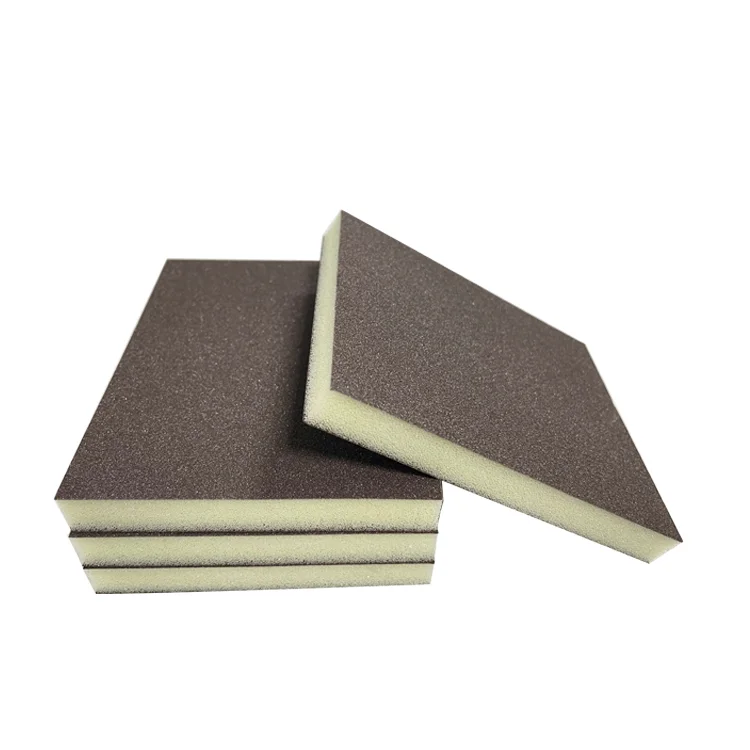In the realm of thermal management, heat exchangers play a pivotal role in various industries, from power generation to HVAC systems. As energy efficiency becomes increasingly critical in our quest for sustainability, the question arises: Which heat exchanger is most efficient? This article delves into the intricacies of heat exchanger types, their efficiency metrics, and the factors influencing their performance, providing a comprehensive guide for engineers and decision-makers.
Understanding Heat Exchanger Types
Heat exchangers come in various designs, each tailored for specific applications and efficiency requirements. The most common types include:
- Shell and Tube Heat Exchangers: Comprising a series of tubes, one set carries the hot fluid while the other carries the cold fluid. This design is robust and widely used in industrial applications, particularly in oil refineries and chemical processing.
- Plate Heat Exchangers: These consist of multiple thin plates stacked together, creating channels for the fluids. Their compact design allows for higher heat transfer efficiency due to a larger surface area and enhanced turbulence.
- Air-Cooled Heat Exchangers: Utilizing ambient air to cool fluids, these exchangers are prevalent in power plants and refrigeration systems. Their efficiency can vary significantly based on environmental conditions.
- Double-Pipe Heat Exchangers: A simpler design where one pipe is placed inside another, allowing two fluids to flow in opposite directions. While less efficient than other designs, they are easy to maintain and suitable for small-scale applications.
Efficiency Metrics: How to Measure Performance
To determine which heat exchanger is most efficient, several key performance metrics must be considered:
- Overall Heat Transfer Coefficient (U): This coefficient measures the heat transfer efficiency of the exchanger. A higher U value indicates better performance.
- Log Mean Temperature Difference (LMTD): This metric accounts for the temperature difference between the hot and cold fluids. A larger LMTD typically signifies greater efficiency.
- Effectiveness: This dimensionless number ranges from 0 to 1 and indicates the heat exchanger's ability to transfer heat relative to the maximum possible heat transfer.
- Pressure Drop: While a higher heat transfer rate is desirable, it often comes at the cost of increased pressure drop, which can lead to higher pumping costs. An efficient heat exchanger strikes a balance between heat transfer and pressure drop.
Factors Influencing Heat Exchanger Efficiency
Several factors can significantly impact the efficiency of heat exchangers:
- Fluid Properties: The specific heat capacity, viscosity, and density of the fluids involved can alter the heat transfer rates. For instance, fluids with higher thermal conductivity generally enhance performance.
- Flow Arrangement: The configuration of fluid flow—counterflow, parallel flow, or crossflow—affects the temperature gradient and, consequently, the heat transfer efficiency. Counterflow arrangements typically yield the highest efficiency.
- Surface Area: Increasing the surface area available for heat transfer can enhance efficiency. This is why plate heat exchangers, with their large surface area, often outperform shell and tube designs in compact applications.
- Fouling: The accumulation of deposits on heat transfer surfaces can significantly reduce efficiency. Regular maintenance and cleaning are essential to mitigate fouling effects.
The Verdict: Which Heat Exchanger is Most Efficient?
While there is no one-size-fits-all answer to the question of which heat exchanger is the most efficient, plate heat exchangers often emerge as frontrunners in many applications due to their high surface area-to-volume ratio and superior heat transfer capabilities. However, the choice of heat exchanger should always be context-dependent, considering factors such as the specific application, fluid properties, and operational conditions.
For instance, in high-temperature industrial processes, shell and tube heat exchangers may be preferred for their robustness and ability to handle larger flow rates. Conversely, in applications where space is at a premium, plate heat exchangers may provide the best balance of efficiency and compactness.
Conclusion: Making an Informed Decision
Choosing the most efficient heat exchanger requires a nuanced understanding of the specific requirements of your application. By considering the various types, efficiency metrics, and influencing factors, engineers can make informed decisions that optimize thermal performance while minimizing energy consumption. As industries continue to prioritize sustainability, the role of efficient heat exchangers will only grow in importance, paving the way for innovative designs and technologies that push the boundaries of thermal management.

